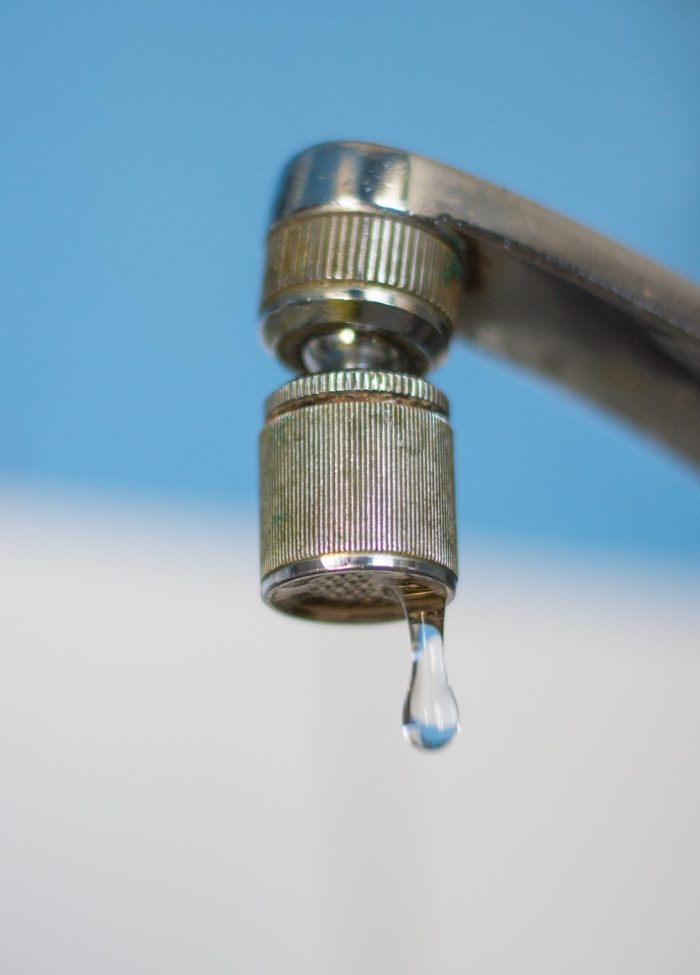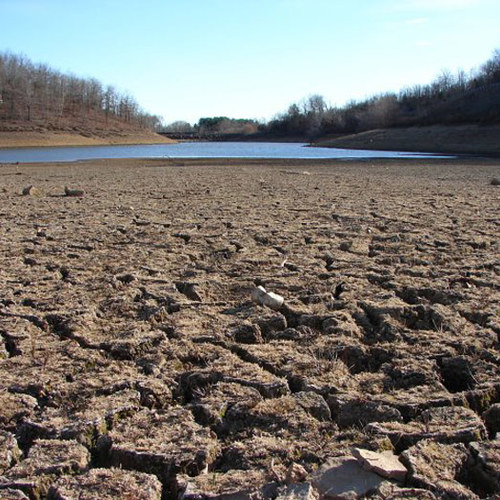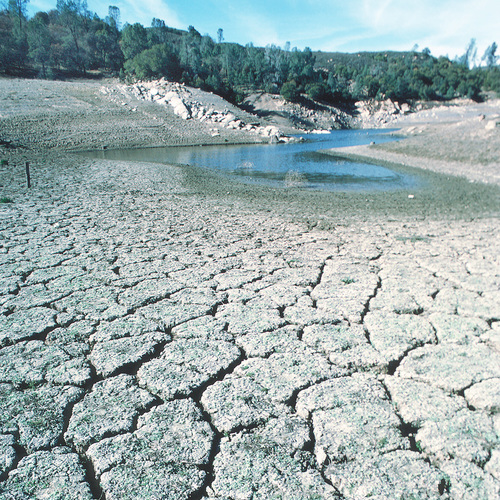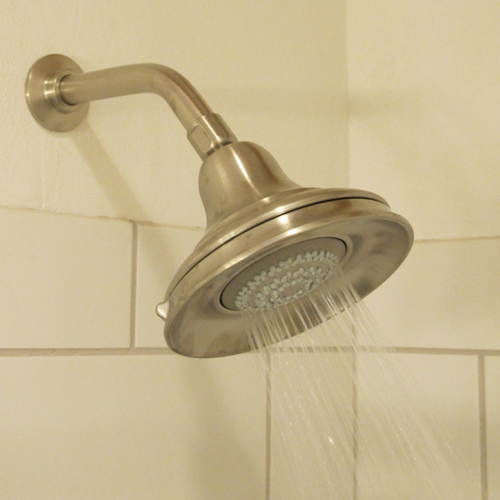
Image Credit: Pixabay
A state law that became effective at the beginning of the year requires that all plumbing fixtures in houses built before 1994 meet water conservation standards, theoretically pushing many thousands of residents to upgrade toilets, showerheads, and faucets.
The requirement is contained in state legislation passed in 2009. In addition to requiring the replacement of any non-compliant plumbing fixtures in single-family homes built before 1994, the law will extend the requirement to commercial and multifamily buildings in another two years, on January 1, 2019.
In addition, as of the first of the year, anyone selling a house must alert the buyer when plumbing fixtures don’t comply with the law.
The requirements sound onerous, but there are no penalties for failing to comply. In effect, the new requirements are generating more paperwork for real estate agents and giving bath and kitchen renovators ideas on how to grow their businesses. But homeowners should not be wondering about unannounced inspections by the plumbing police.
“Nobody’s going to come randomly into your home,” said a spokeswoman for the California Energy Commission. “There’s no way to enforce that.”
Changes to water conservation rules have been gradual
California, plagued by drought despite this winter’s heavy rains, has been aggressive about water conservation. The 2009 legislation set standards for toilets, urinals, showerheads, and interior faucets, but in response to a growing sense or urgency about water shortages the California Energy Commission toughened the regulations in 2015 with two new orders — one in April and another in August — that set new limits for a number of fixtures.
Now, the limits look like this:
- Toilets: 1.28 gallons per flush (gpf).
- Residential lavatory faucets: 1.2 gallons per minute (gpm).
- Kitchen faucets: 1.8 gpm, with a “momentary” ability to increase to 2.2 gpm to fill pots.
- Showerheads: 2 gpm, dropping to 1.8 gpm in 2018.
- Faucets in public rest rooms: 0.5 gpm.
The state has another way of compelling homeowners to upgrade plumbing fixtures. Although there are exceptions, beginning in 2014, the replacement of old-style fixtures has been mandatory in single-family homes that were undergoing renovations. Homeowners could be barred from getting a certification of final completion or a certificate of occupancy unless they complied.
In upping the ante in 2015, the Energy Commission noted there were more than 45 million faucets and 30 million toilets in the state. Total water use between toilets, faucets, and urinals was about 443 billion gallons per year. Conservation measures would save 10 billion gallons in the first year and eventually reach 105 billion gallons annually, three times the amount of water used by the City of San Francisco each year.
Introducing more efficient fixtures has been a gradual process. As standards became tougher, manufacturers developed new products and builders and homeowners began installing them, with retailers allowed to sell through the stock they already had.
The new California requirement, however, is a little different. Technically, it requires homeowners who are neither replacing their plumbing fixtures nor selling their homes to make sure plumbing fixtures meet water consumption standards — the more stringent list approved by the Energy Commission in 2015, not the ones contained in the original 2009 bill, according to a commission spokeswoman.
Homeowners are no longer protected by a grandfather provision. And in 2019, the owners of multifamily and commercial buildings won’t be, either.
More paperwork for real estate agents
Perry Vittoria, a real estate agent with Rinetti & Company Realtors in the San Francisco Bay area, said that the practical impact of the law appears slight.
“We’re finding more times than not, unless it’s a really older home built in the ’30s or ’40s, where there might be some old toilets or fixtures, most people have updated those,” he said by telephone. “It’s not that common at this point.”
What the law has brought, though, is another form to fill out.
“It’s a little bit of a funny law,” he said. “Even though you have to have water conservation fixtures, it’s not a point-of-sale ordinance. All we have to do at this point is disclose it. There’s a new form from the California Association of Realtors that we have to provide. That’s about the extent of it at this point — our sellers just have to say whether or not those fixtures are in place.”
That could always change. In a FAQ post at his company’s website, Vittoria suggests that banks could play a role in enforcing the law in the future if they choose to do so.
“Yes. It’s possible,” he writes. “Lenders may make their own underwriting decisions regardless of what the law technically does or does not require. If a lender requires the installation of [water conserving plumbing] fixtures as a condition of the loan, that is his or her right to do so. At this time, however, we are unaware of any lender requiring it.”
Weekly Newsletter
Get building science and energy efficiency advice, plus special offers, in your inbox.















0 Comments
Log in or create an account to post a comment.
Sign up Log in